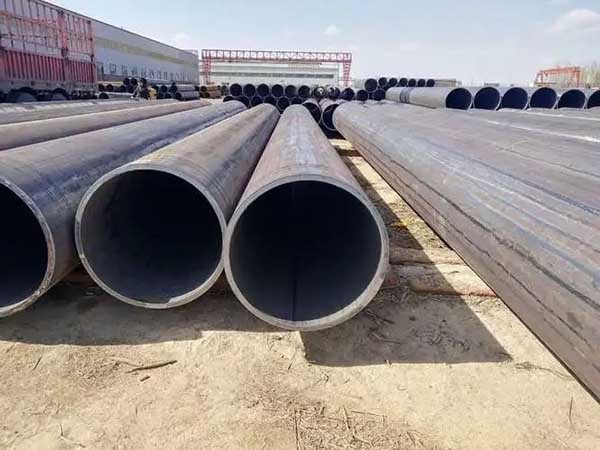The Essential Guide to Reducers: Tips and Tricks You Can’t Ignore
Jul 27,2025
Understanding Reducers: The Basics
Hey there! So, you're diving into the world of reducers? Awesome! Whether you're a seasoned pro or just starting out, knowing the ins and outs of these nifty components can make a world of difference. Think of reducers as the unsung heroes in your code—simplifying data handling and state management. But before you get too cozy, let’s explore some important considerations.
Why Use a Reducer?
First things first, why bother with a reducer? Well, the beauty of a reducer lies in its ability to manage complex state changes in a predictable way. It takes the current state and an action, and voila! You get a new state. Simple, right? This makes it super handy for applications with lots of moving parts, like web apps or mobile interfaces.
Key Considerations When Implementing Reducers
1. Start Simple
When you’re just starting out, keep it simple! Don’t go overboard with complex logic in your reducer. Stick to the basics: handle one action at a time. As the old saying goes, “Don’t bite off more than you can chew.” Gradually, you can build on that foundation.
2. Keep It Pure
Ah, the purity of functions! A reducer should be a pure function, meaning it should not have side effects. In other words, it shouldn't modify the input state directly. Instead, always return a new object. This guarantees that your state management is predictable. And who doesn't love predictability?
3. Leverage the Power of Composition
Don’t hesitate to break your reducers down into smaller pieces. This not only makes them easier to test but also enhances reusability. Think of it like stacking blocks; the more stable your base, the higher you can build.
4. Don’t Forget Error Handling
Life happens, right? Sometimes, things just don’t go as planned. Make sure to implement robust error handling in your reducers. This will save you a lot of headaches down the line. You wouldn’t want your app to crash like a house of cards when something unexpected happens!
5. Test, Test, Test!
Last but definitely not least, always test your reducers! Unit tests are your best friends here. They help ensure your logic is sound and that your reducer behaves as expected under various scenarios. Trust me, it’s worth the effort.
Common Pitfalls to Avoid
Now that you've got the basics down, let’s talk about what to avoid. One common mistake is mixing UI logic with your state management. Keep them separate! Remember, a reducer's job is to manage state, not to control how it’s displayed on the screen.
Another pitfall? Forgetting to use the spread operator to create copies of objects. It can be tempting to modify an existing state directly, but this can lead to unexpected bugs. So, always spread that object when returning new state!
In Conclusion
In conclusion, reducers are a powerful tool in your programming toolkit, but they come with their own set of rules and best practices. By keeping your reducers simple, pure, and well-tested, you can ensure that your applications remain robust and maintainable.
So, get out there and start experimenting with your reducers! Happy coding!
Contact Us
E-mail :
service@jhpipefitting.com
Phone/WhatsApp:
+86-15303377849
Address:
West of Hope New District South Section Road, Mengcun Hui Autonomous County, Cangzhou City, China

Add:West of Hope New District South Section Road, Mengcun Hui Autonomous County, Cangzhou City, China
Tel:+86-15303377849
Quote Now
Solutions for Your Industry, Ready for Your Choice







